Embodying the Taiwanese Cha Shou through Tea Nest Installation
Hiding behind lush trees and the surrounding mountain panorama, Cheng Tsung Feng created the 'Tea Nest' installation to embody traditional Chinese artwork.
 (Tea Nest hides among the lush trees)
(Tea Nest hides among the lush trees)
The shape is inspired by cha shou (茶壽) – a traditional woven basket typical of the Hakka tribe that is commonly used to maintain the hot temperature of a teapot. In the past, cha shou had a very important role for the Hakka people, who mostly made a living as farmers. They used to drink warm tea poured inside the cha shou after work.
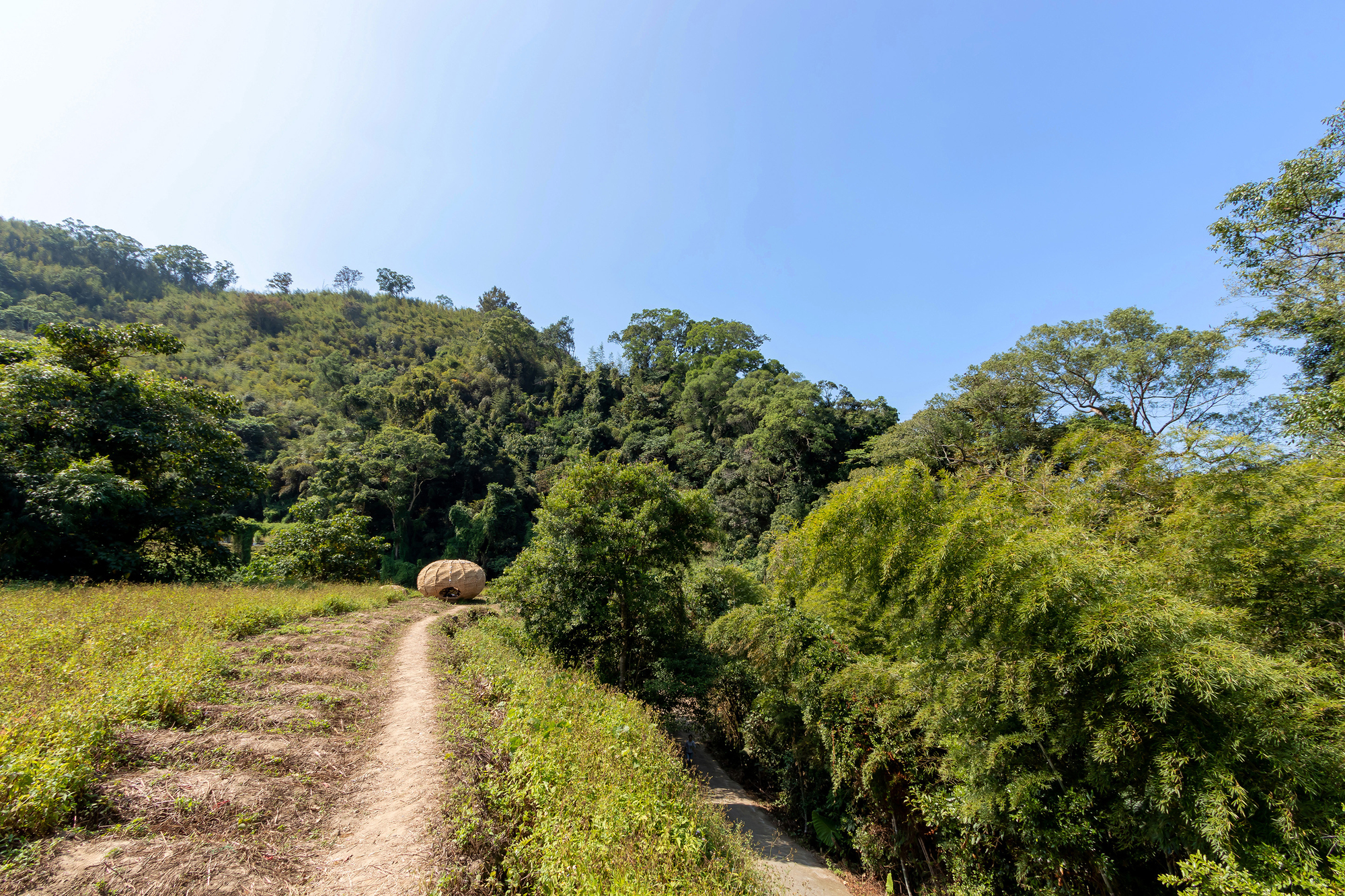 (Tea Nest along with mountainous background)
(Tea Nest along with mountainous background)
Cha shou is usually made of dry thatch and is held together by hemp rope. Then, the inside is covered with cotton and cloth as a pillow to maintain the stability of the temperature of the teapot. So, not only inspired by the shape but Cheng Tsung Feng also used the same traditional ingredients as the original cha shou in forming the Tea Nest installation.
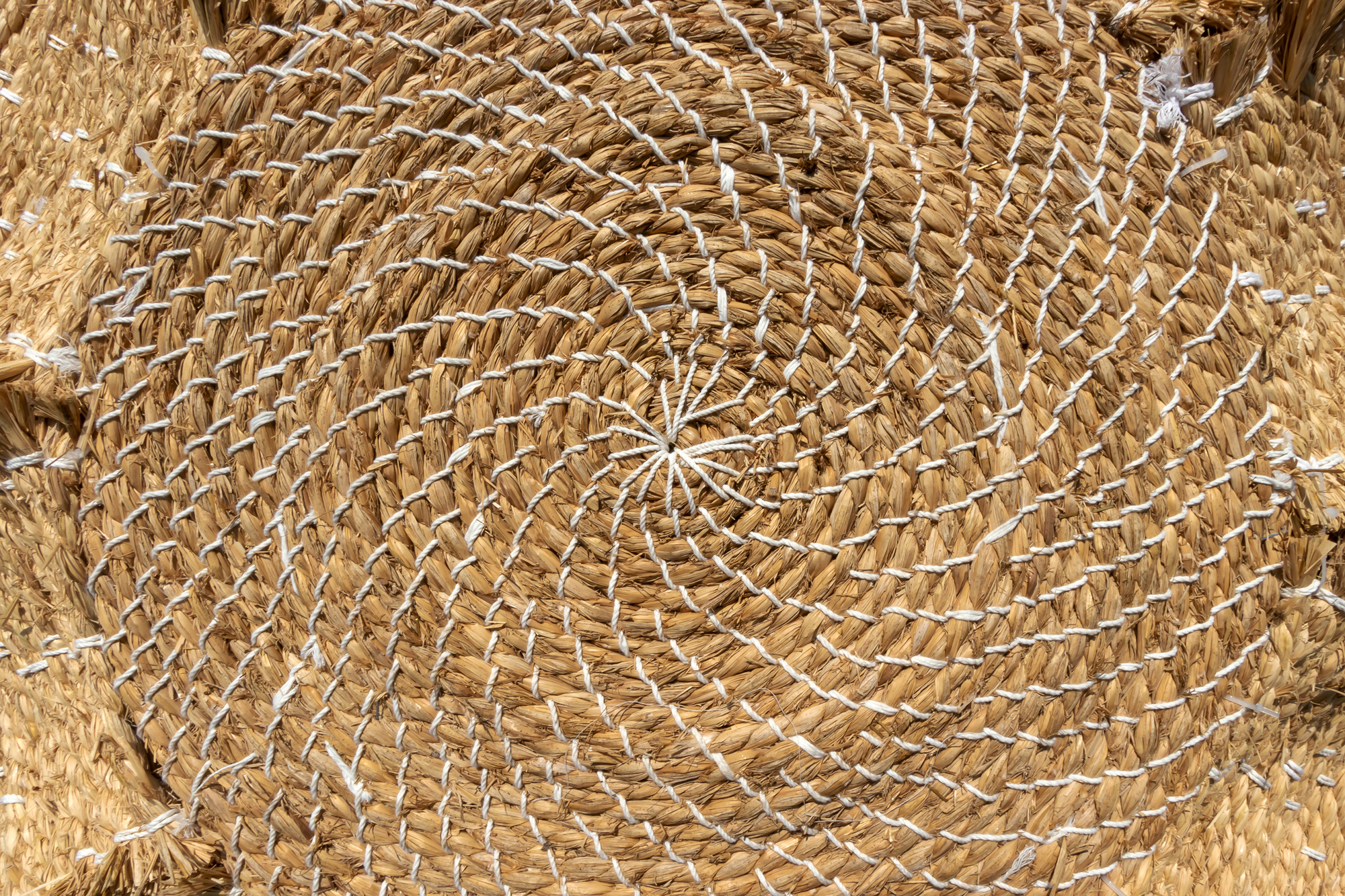 (Straw tied with white rope is part of the Tea Nest)
(Straw tied with white rope is part of the Tea Nest)
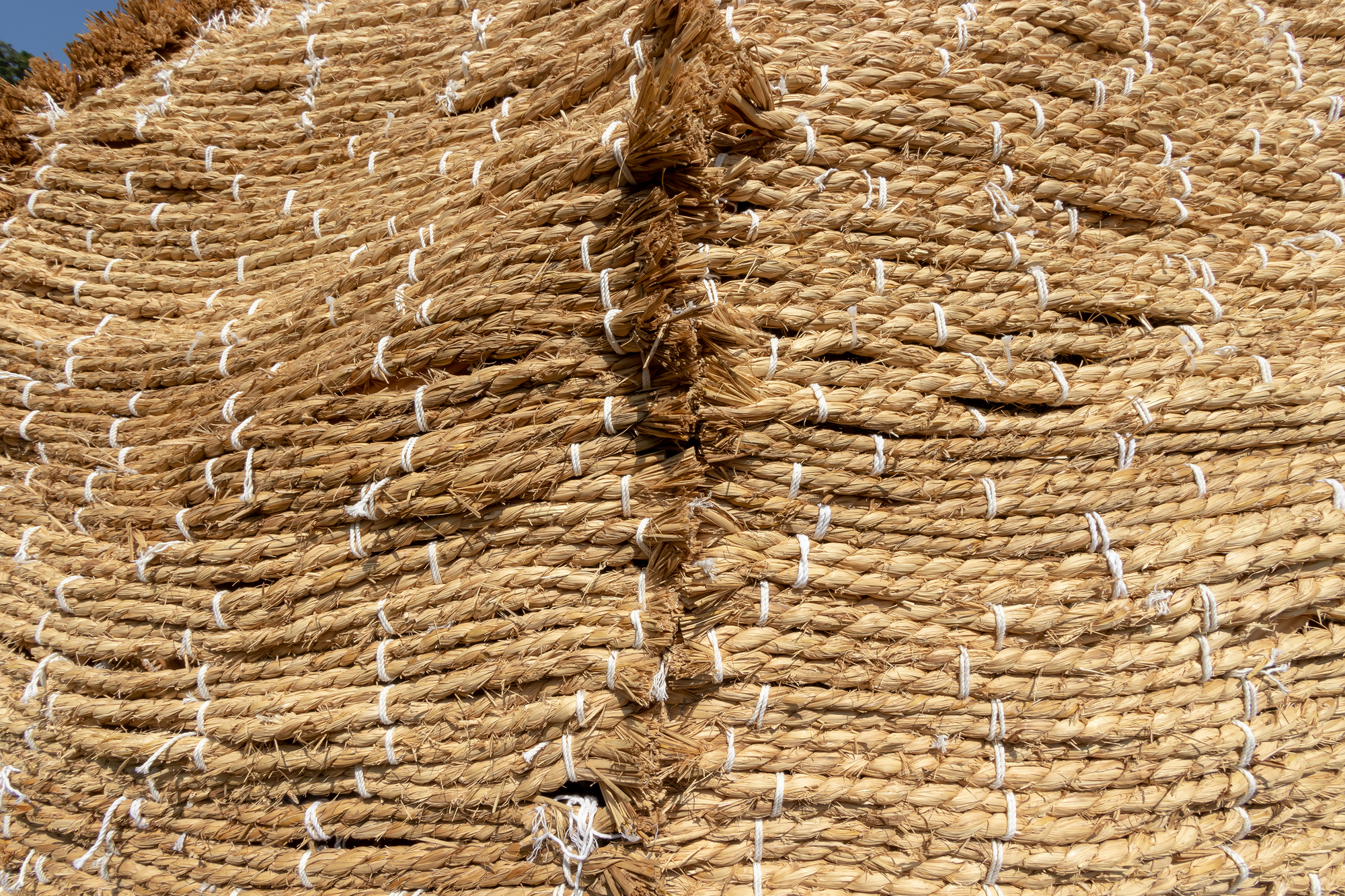 (Details of a rope-tied straw)
(Details of a rope-tied straw)
Built on a vacant lot of 13 square meters, the Tea Nest installation is formed with an arched wooden structure that produces two separate volumes. These two different volumes of size built are based on the concept of tea tradition in Taiwan. For example, they always place two teapots of different sizes and functions whenever they drink tea.
Meanwhile, on the outside of the installation, Cheng Tsung Feng coated the wood with dry straw tied with white cotton rope to maximize the visual of cha shou.
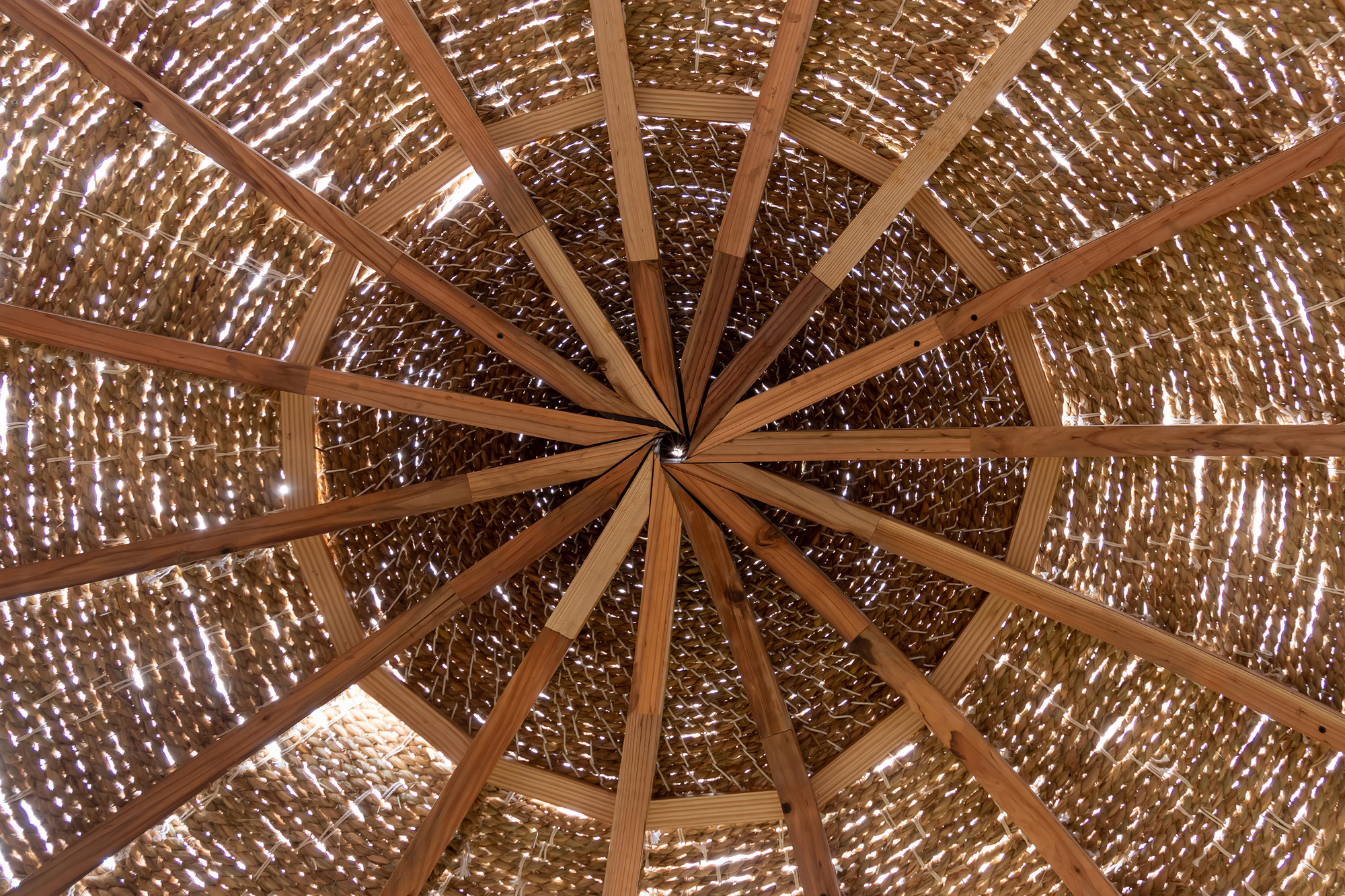 (Wooden details supporting the roof of the installation)
(Wooden details supporting the roof of the installation)
 (Circular wooden chairs)
(Circular wooden chairs)
Tea Nest offers an experience for visitors to experience the atmosphere of Taiwanese agriculture in the 1970s through the distinctive smell of thatch. When entering the inner area, visitors will find a circumference seat in the middle of the installation that can accommodate about 10 people.
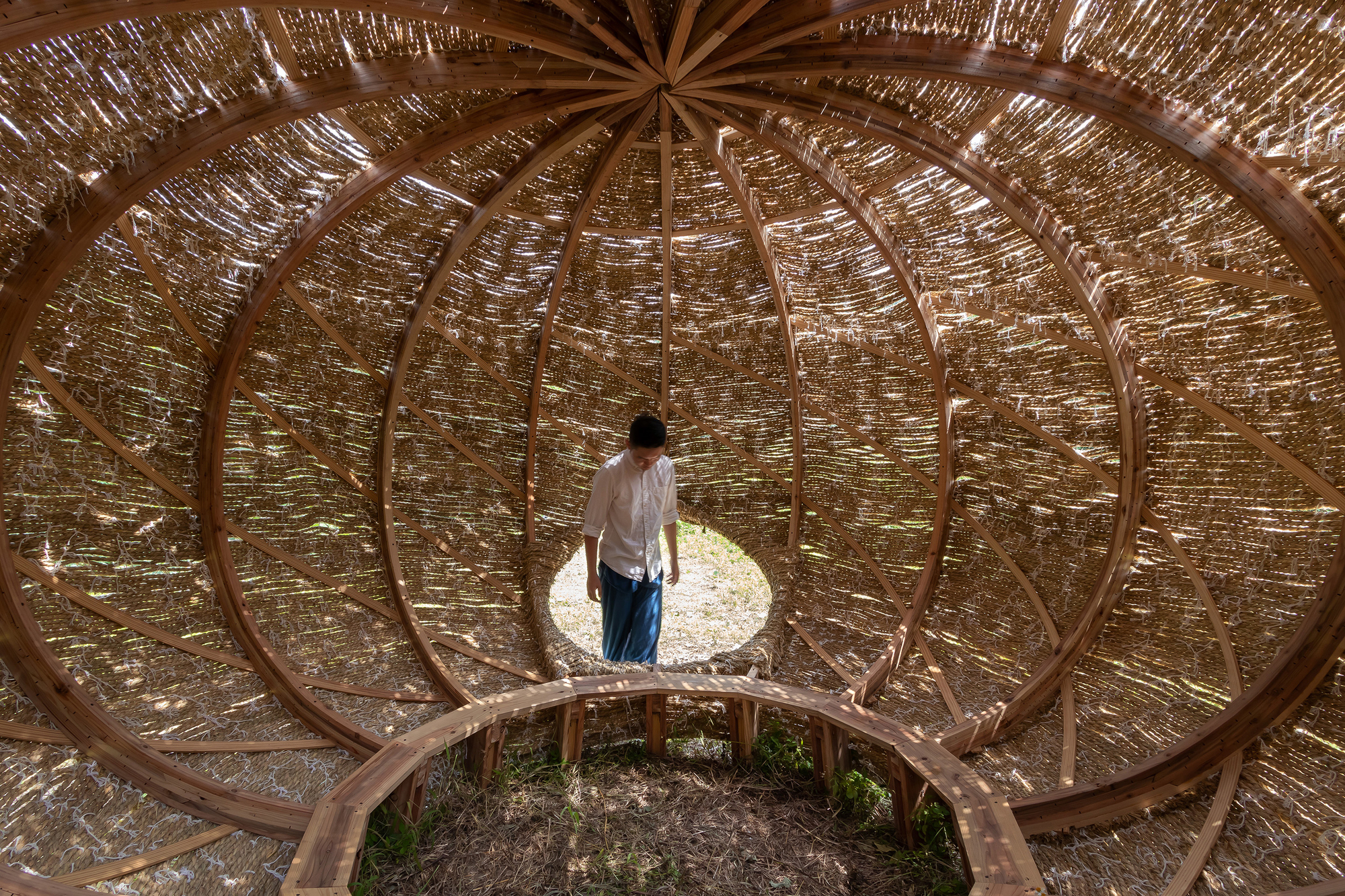 (The entrance is located at the bottom side of the installation)
(The entrance is located at the bottom side of the installation)
Interestingly, visitors are invited to look down when entering the Tea Nest installation because the entrance at the bottom on one side is made with a height below the average human height. By looking down, Cheng Tsung Feng has taught visitors about manners and respect when visiting a place.

(Tea Nest's small window leads to the trees)
Through the Tea Nest installation, Cheng Tsung Feng hopes to reshape people's collective memories of traditional tools capable of trapping the heat typical of the Hakka tribe in Taiwan.

(Tea Nest consists of two volumes)




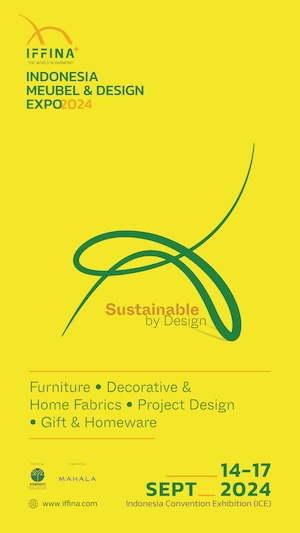



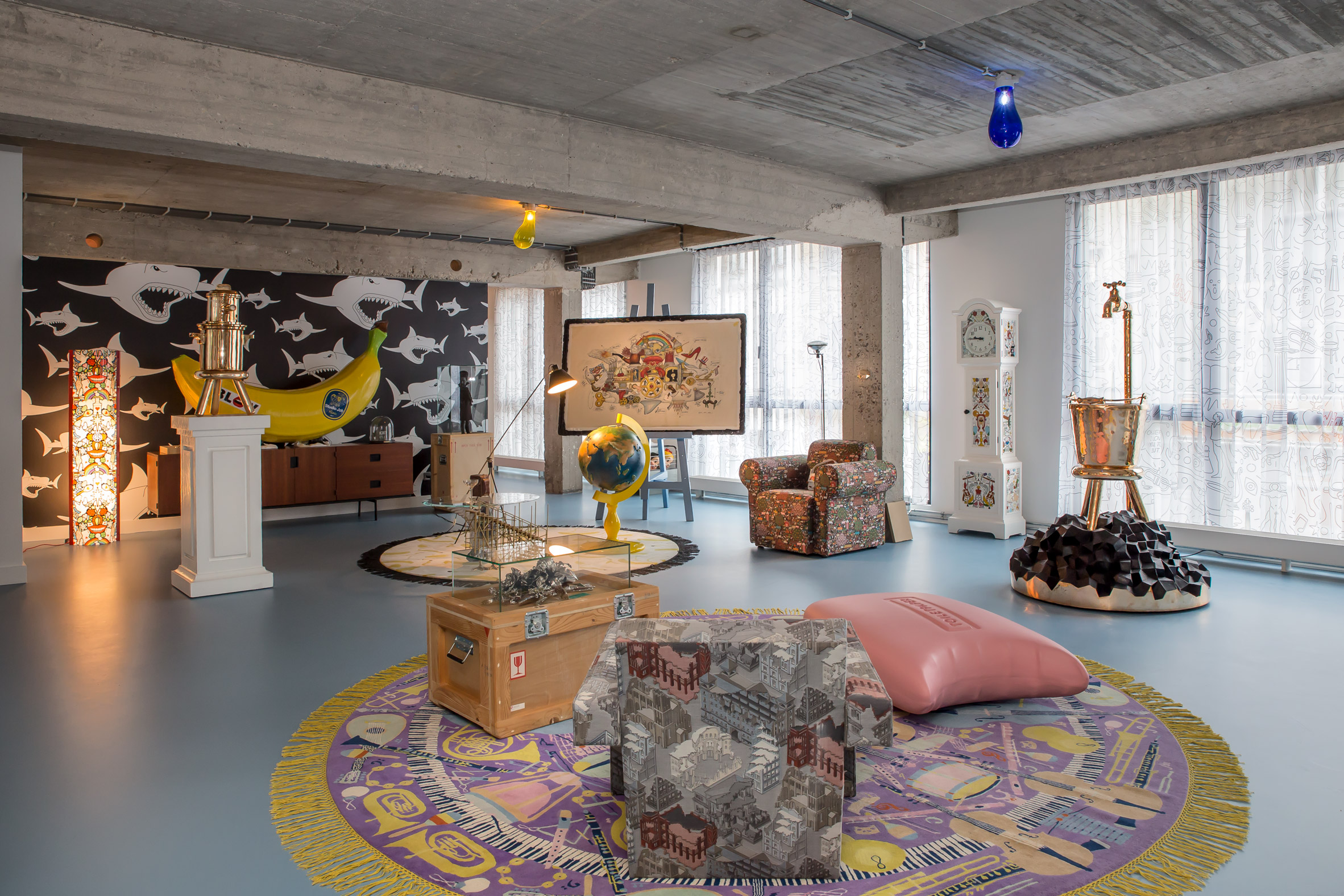



Authentication required
You must log in to post a comment.
Log in